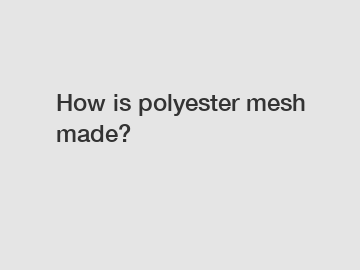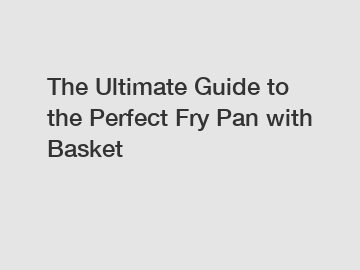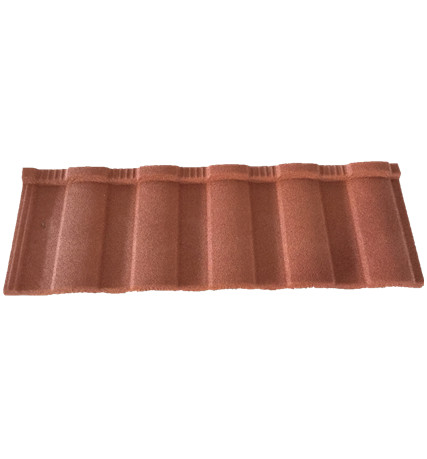How is polyester mesh made?
Introducing the Complex Process Behind Your Favorite Fabric.
Have you ever taken a moment to ponder over the journey of a seemingly simple fabric like polyester mesh? From the intricacies of its creation to its versatile applications, there is a vast world of knowledge that awaits. Join us as we unravel the secrets behind the production of polyester mesh, shedding light on the rigorous process behind its manufacturing.
Polyester mesh, a lightweight and breathable fabric, has become a popular choice across industries, including fashion, sports, and automotive. It offers durability, easy maintenance, and a wide range of colors and patterns. So, how does this remarkable fabric come to life? Let's dive into the captivating journey of polyester mesh production.

1. The Raw Materials: From Petrochemicals to Polymer.
The journey of polyester mesh begins with two primary raw materials: petroleum and coal. These natural resources are processed to obtain ethylene, a key building block used to create polyester. Through a process of polymerization, ethylene is transformed into a polymer called polyethylene terephthalate (PET). This polymer is the foundation for manufacturing polyester fiber.
2. Spinning the Magic: Fiber Formation.
Once the PET has been created, it is transformed into polyester fiber through a process called extrusion. The polymer is melted and forced through small holes called spinnerets, forming long strands that solidify as they cool. These filaments are then gathered into a bundle known as a yarn.
To create the polyester mesh, these yarns go through further processing. First, they are stretched to align the molecules and enhance the fabric's strength. This process, known as hot drawing, ensures the yarn is uniform and consistent. Next, the yarns undergo a heat-setting process to permanently lock their shape, allowing the fabric to maintain its structure even after repeated washes.
3. The Meshing: Interlacing the Yarns.
The next step is to weave these polyester yarns into a mesh pattern. This interlacing process is achieved using specialized machinery known as looms. The looms consist of warp and weft yarns that are interwoven at right angles to form the mesh structure.
The warp yarns are the vertical set of yarns that run the length of the fabric, while the weft yarns are inserted horizontally across the warp. The coordination between these two sets of yarns creates the distinct grid-like pattern that characterizes polyester mesh.
Explore more:Choosing the Best Material for Coat Hangers
What is the purpose of a decanter set?
Discover Gel Residue-Free Teeth Whitening Strips
What are the top 6 reusable seed starting trays for commercial growers looking to boost their sustainability efforts in 2023?
Boost your gardening success with these top 6 reusable seed starting trays in 2023
Which safe candle containers guarantee a worry-free purchase?
Which Safe Candle Containers Are Best?
4. Stabilizing the Fabric: Finishing Touches.
After the weaving process, the polyester mesh undergoes several finishing steps to enhance its texture, appearance, and performance properties. These finishing treatments vary depending on the intended usage of the fabric. Some common treatments include dyeing, printing, and embossing.
Dyeing the polyester mesh involves immersing it in a dye bath, allowing the fabric to absorb the color evenly. This process enables the creation of vibrant hues and intricate patterns to meet diverse design preferences. Additionally, printing techniques can be employed to apply unique designs directly onto the mesh, allowing for endless creative possibilities.
Embossing is another popular finishing technique used to add texture or patterns to the surface of the polyester mesh. This process involves pressing the fabric between heated embossing rollers, which impart a desired design onto the fabric's surface.
5. Quality Assurance: Testing for Durability and Performance.
Before the polyester mesh reaches consumers, it undergoes rigorous testing to ensure its quality, durability, and performance. These tests assess critical aspects such as tear strength, bursting strength, color fastness, and dimensional stability.
Through these stringent quality control measures, manufacturers ensure that each roll of polyester mesh meets the industry standards for various applications. Whether it's used in clothing, sports equipment, automotive interiors, or even filtration systems, the polyester mesh is expected to withstand rigorous use and maintain its performance properties over time.
In Conclusion.
The journey of polyester mesh, from raw materials to the final product, is a remarkable blend of science, technology, and craftsmanship. With its durability, breathability, and versatility, this fabric has firmly established itself across multiple industries.
Understanding the complex process behind its creation adds a sense of appreciation for the remarkable fabric that is polyester mesh. Every roll of mesh we come across holds the story of petrochemicals, polymerization, spinning, weaving, finishing, and quality control. Next time you see a vibrant sports jersey or a breathable summer dress, remember the intricate journey that brought polyester mesh to life.
Are you interested in learning more about fabric for tents, hex mesh fabric, eyelet mesh fabric? Contact us today to secure an expert consultation!
Explore more:Revolutionize Your Style: Harnessing the Power of Conductive Clothing
Unleash the Power of PVC Coated Hex Wire: Your Ultimate Solution for Secure Fencing!
The Ultimate Guide to Stainless Steel Fryer Baskets
Unlock the Artistic Potential: Elevate Your Garden with Personalized OEM Flower Pots!
Effortlessly Upgrade Your Smile: Get Free Whitening Strips!
Which Perforated Seed Starting Tray Maximizes Germination?
What are the top 5 fence fittings to consider for a hassle-free purchase process?










